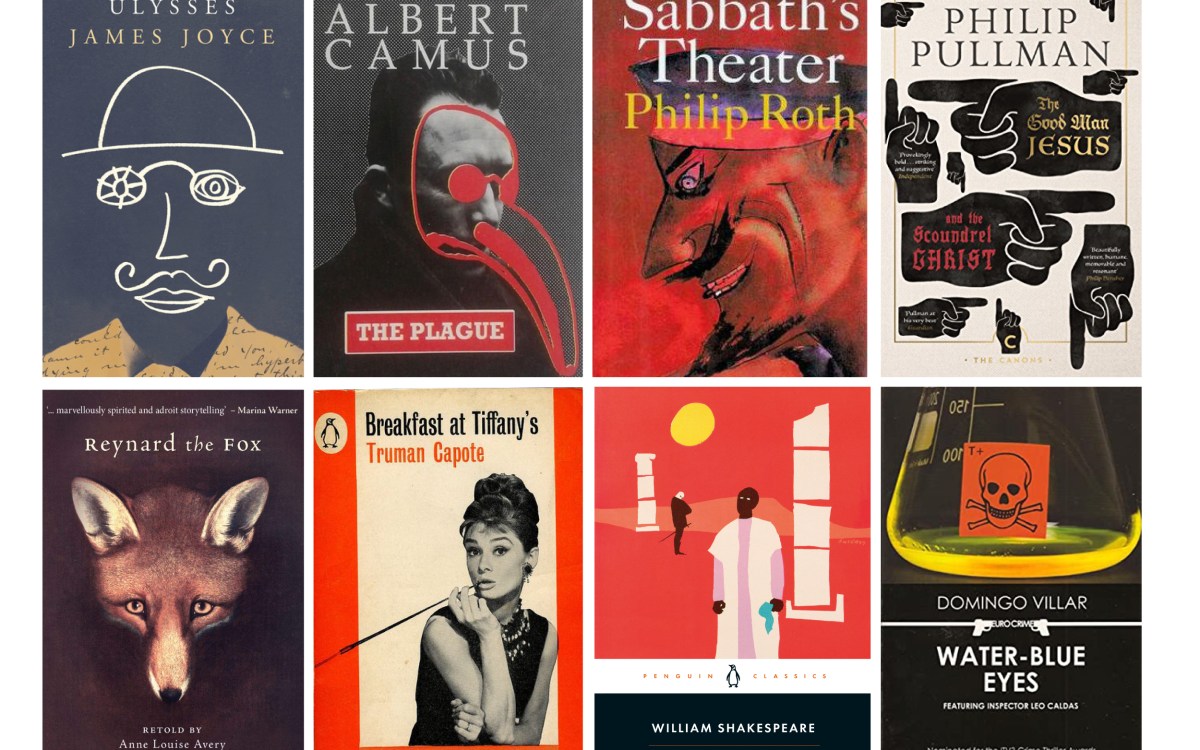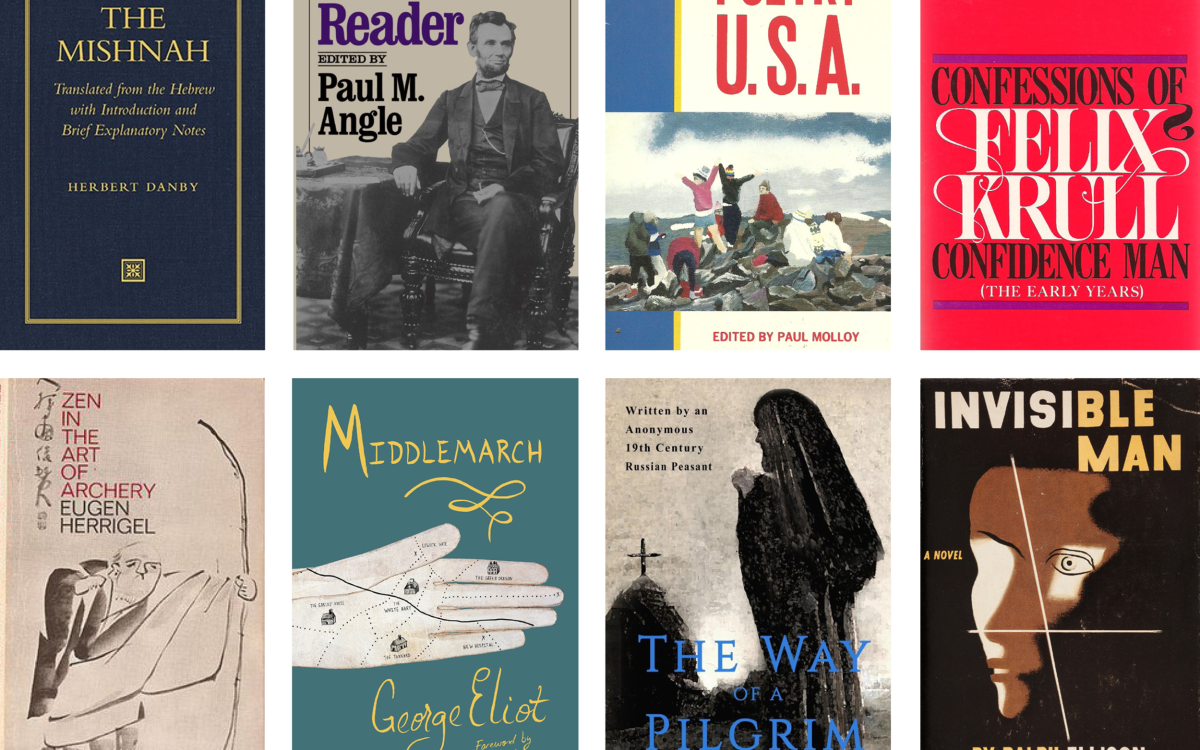A page from the pros
Harvard Library staffers give their recommendations for late-summer reads

Illustration by Alice Mollon
The final weeks before term starts are the perfect time for finishing off (or getting to) your summer reading. We asked Harvard Library staff for suggestions and got an incredible variety of responses. As a bonus, most of these titles — from Pulitzer Prize-winning fiction to essays on race in America to memoirs of artists and restaurateurs — are available through HOLLIS. And for even more ideas, check out our 2021 recommendations.
NONFICTION ON AMERICAN SOCIETY
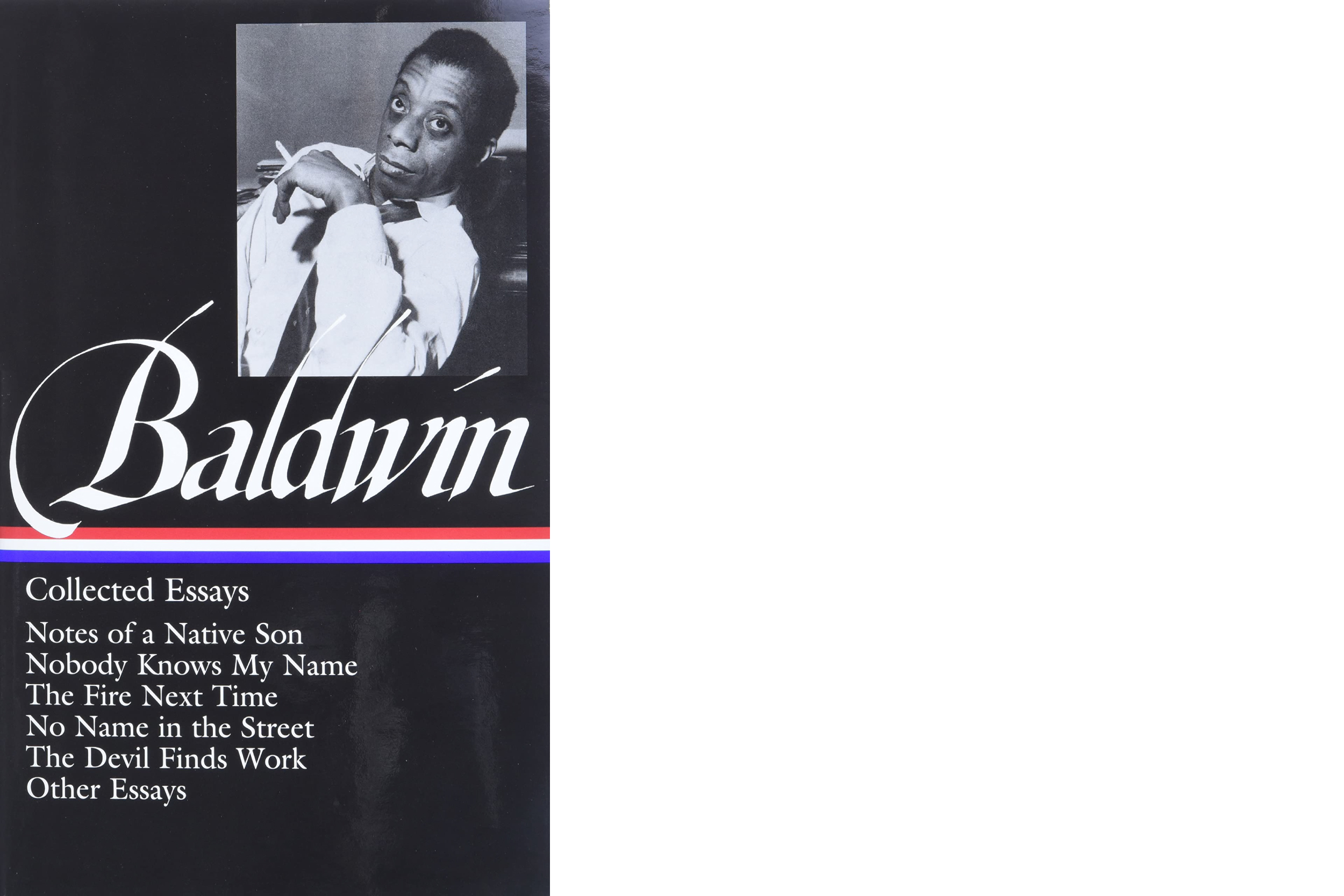
“Collected Essays”
by James Baldwin, edited by Toni Morrison
James Baldwin is the perfect literary genius to dive into during the summer. The book includes work from the mid-20th century, but his writing tackles with eloquence many issues that we still face today. This book of his collected essays will be a perfect summer read for anyone open to learning.
— Te’Lor Hawkins, Equity, Diversity, Inclusion, Belonging and Antiracism Intern
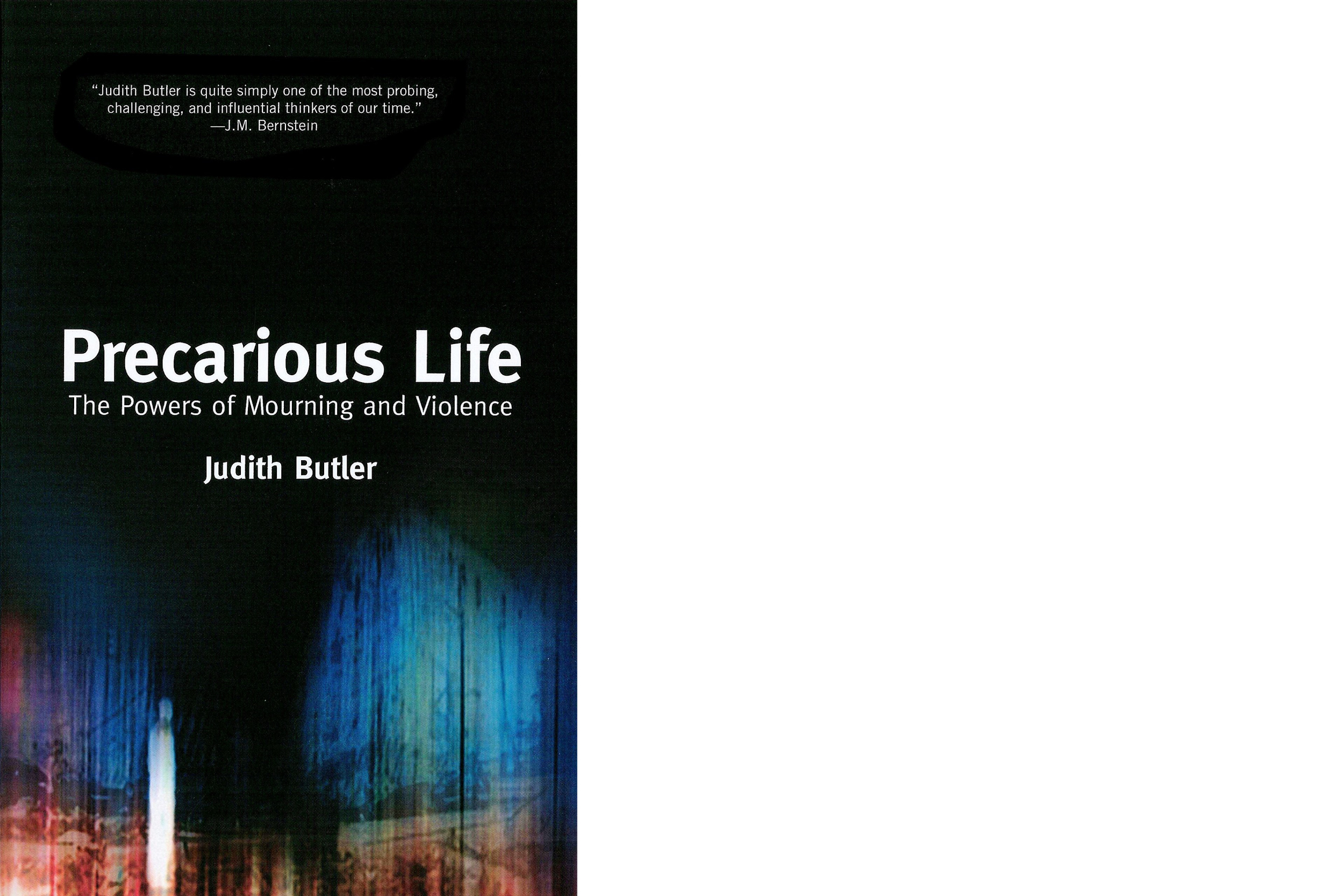
“Precarious Life”
by Judith Butler
Even though this book was published almost 20 years ago, I’ve found much of it to be incredibly relevant to many of the struggles we are facing in the post-pandemic world. It’s a refreshingly nuanced and considerate critical reflection (not something we have in spades in our media) on the ways in which who we mourn and how we mourn is intimately tied to power.
— Madeleine Murphy, Research Services Assistant
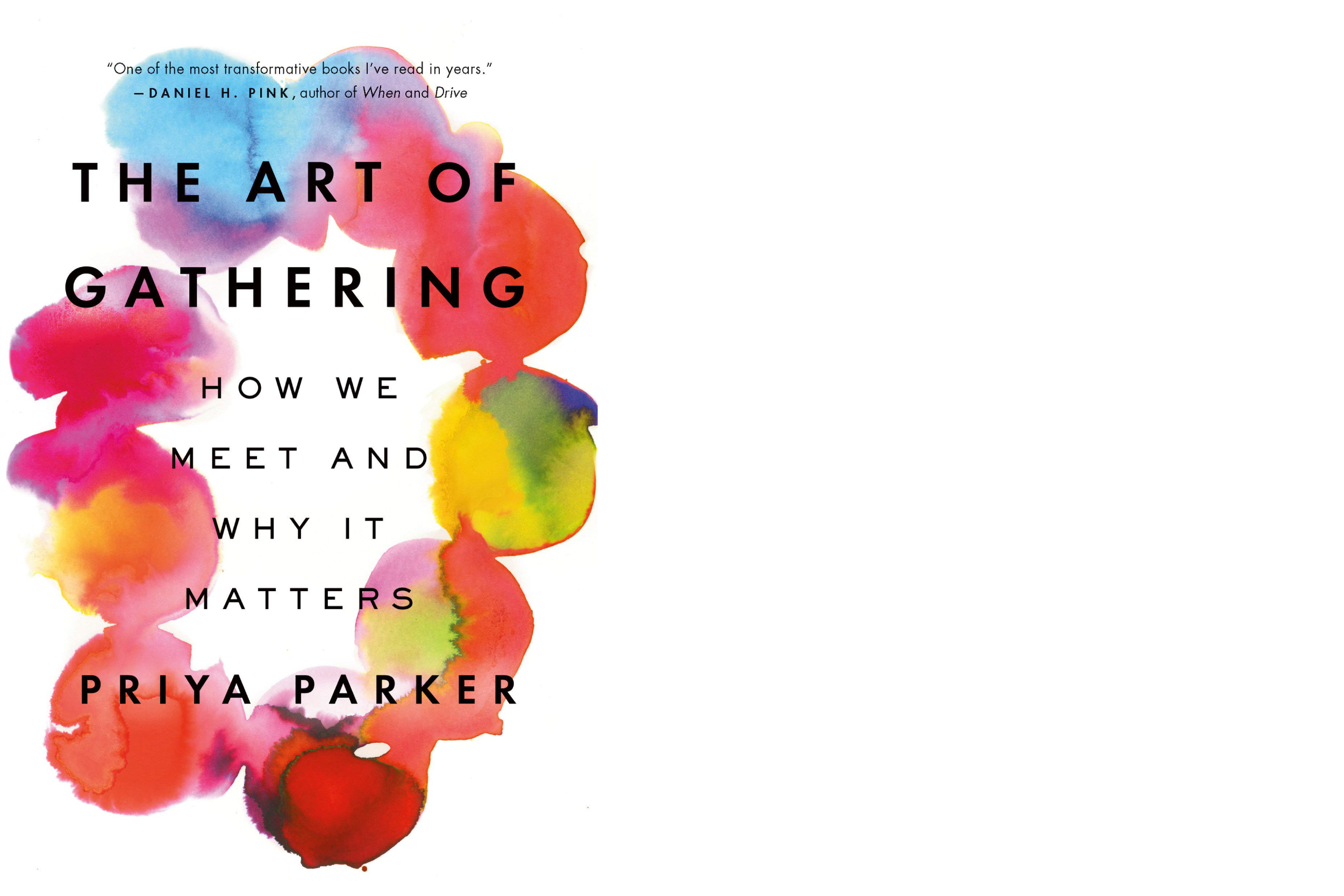
“The Art of Gathering: How We Meet and Why It Matters”
by Priya Parker
The book offers ways to think about how and why we gather together in groups, and about the importance of making gatherings meaningful. Parker offers examples of ways in which we can all make gatherings, meetings, and events worth people spending time together.
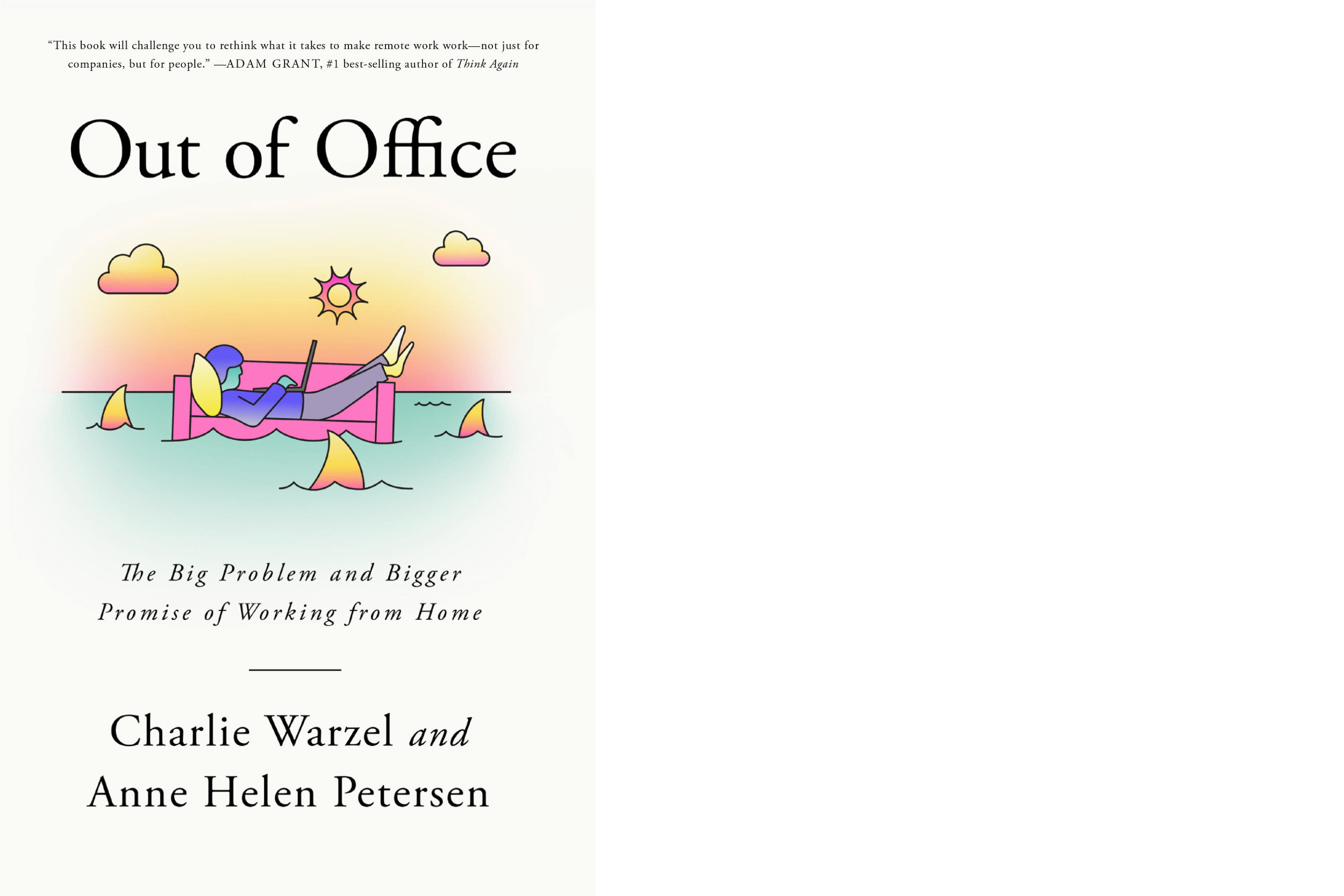
“Out of Office: The Big Problem and Bigger Promise of Working from Home”
by Charlie Warzel and Anne Helen Petersen
This book addresses issues with flexible work to date, and talks about what we can do to make working from home a successful enterprise for individuals and organizations. It also offers practical, concrete things that can be implemented by organizations to help work from home be successful.
— Ann Whiteside, Assistant Dean for Information Services
Sprawling, multi-period fiction
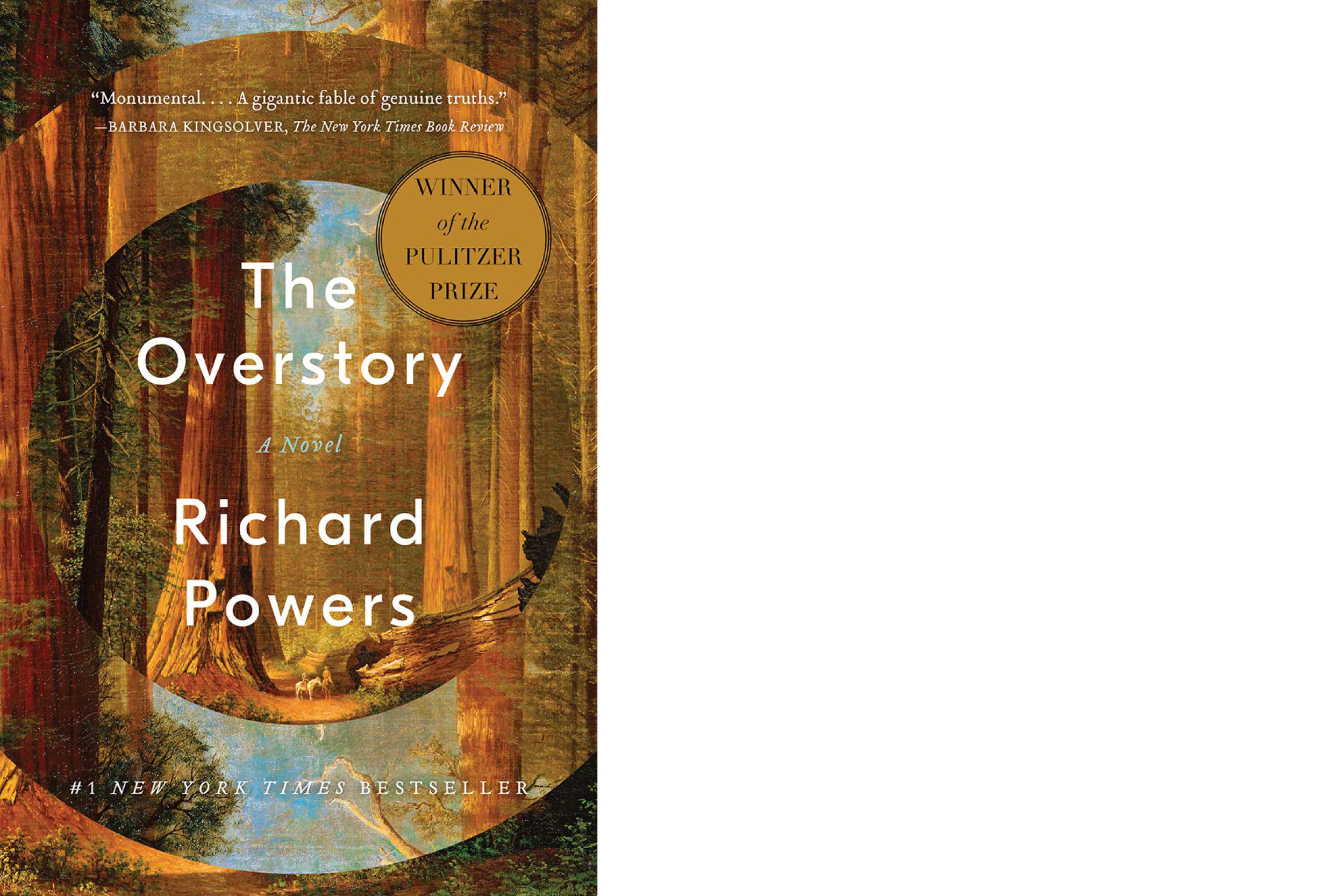
“The Overstory”
by Richard Powers
A monumental, devastating, inspiring, challenging, accepting view of ecological crises on our planet and the complex roles and viewpoints of the humans who inhabit it.
— Anne Adams, Senior Music Cataloger
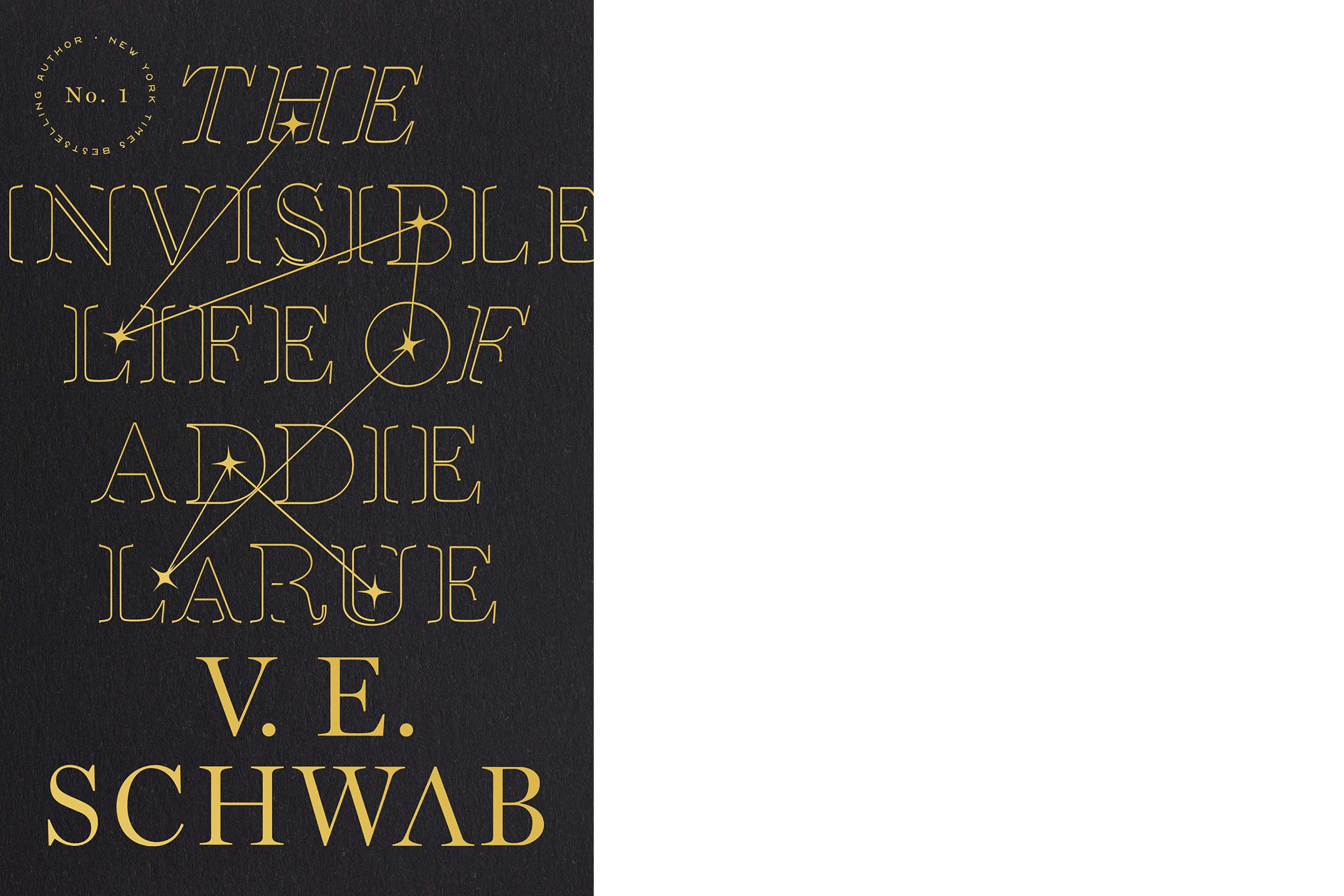
“The Invisible Life of Addie LaRue”
by V.E. Schwab
Spanning from the 1600s until today, we see the life of Addie LaRue, who made a bargain to live forever but is cursed to be forgotten by everyone she meets. This story felt like it was creating a mythos as it was told, spanning centuries of Addie’s life as we learn what it means to be remembered. This feels more like a late summer, early fall book if you are a seasonal reader like me!
— Meg McMahon, User Experience Researcher
Sci-fi and fantasy adventures
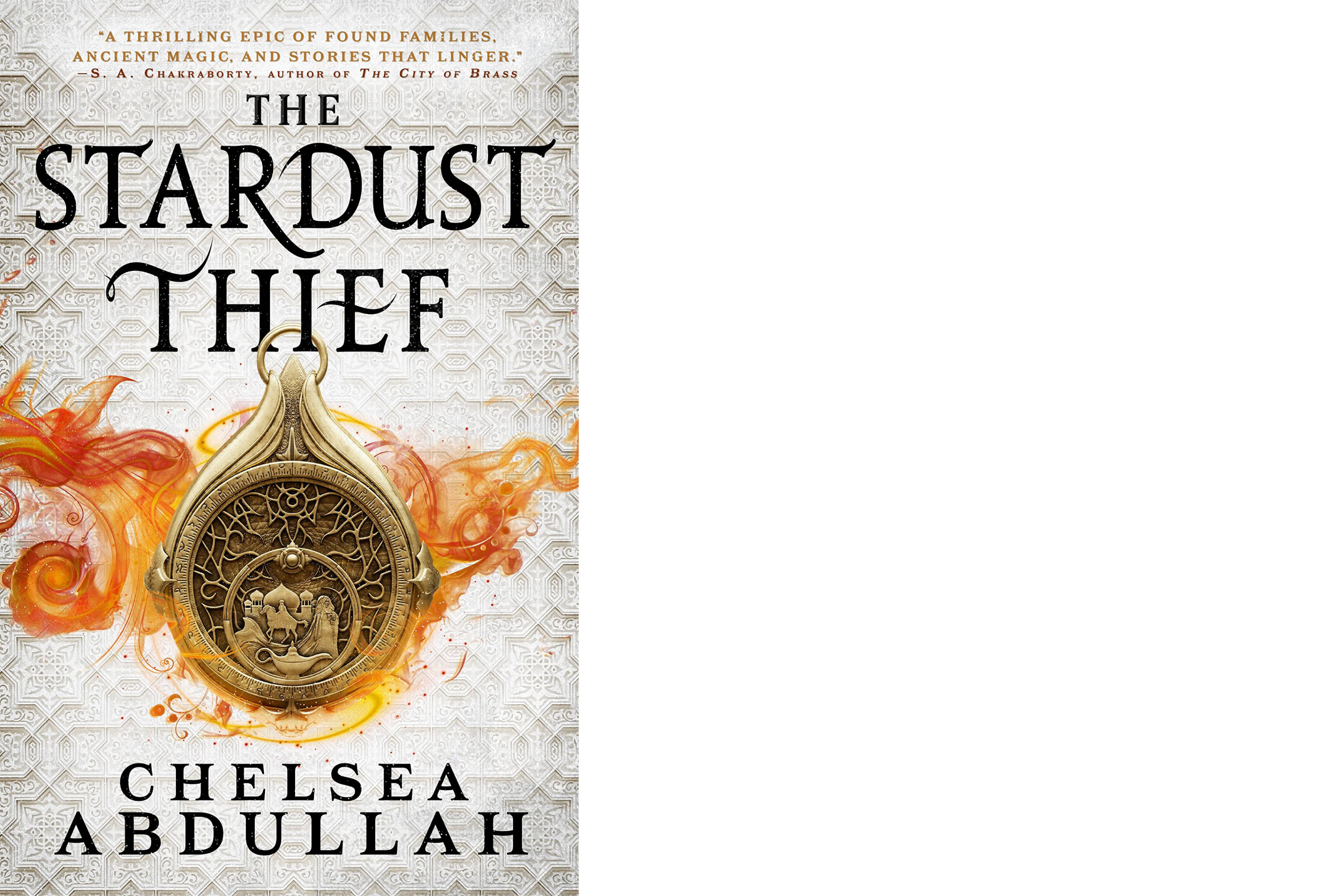
“The Stardust Thief”
by Chelsea Abdullah
Based on various stories from “The Arabian Nights,” this is a fully modern fantasy novel set in the medieval Middle East. It’s fun, engaging, and full of adventure — perfect for a summer read! I knew I had to pick it up when my favorite author of Middle Eastern fantasy, S.A. Chakraborty, wrote the cover blurb!
— Amanda Hannoosh Steinberg, Librarian for Islamic Art and Architecture
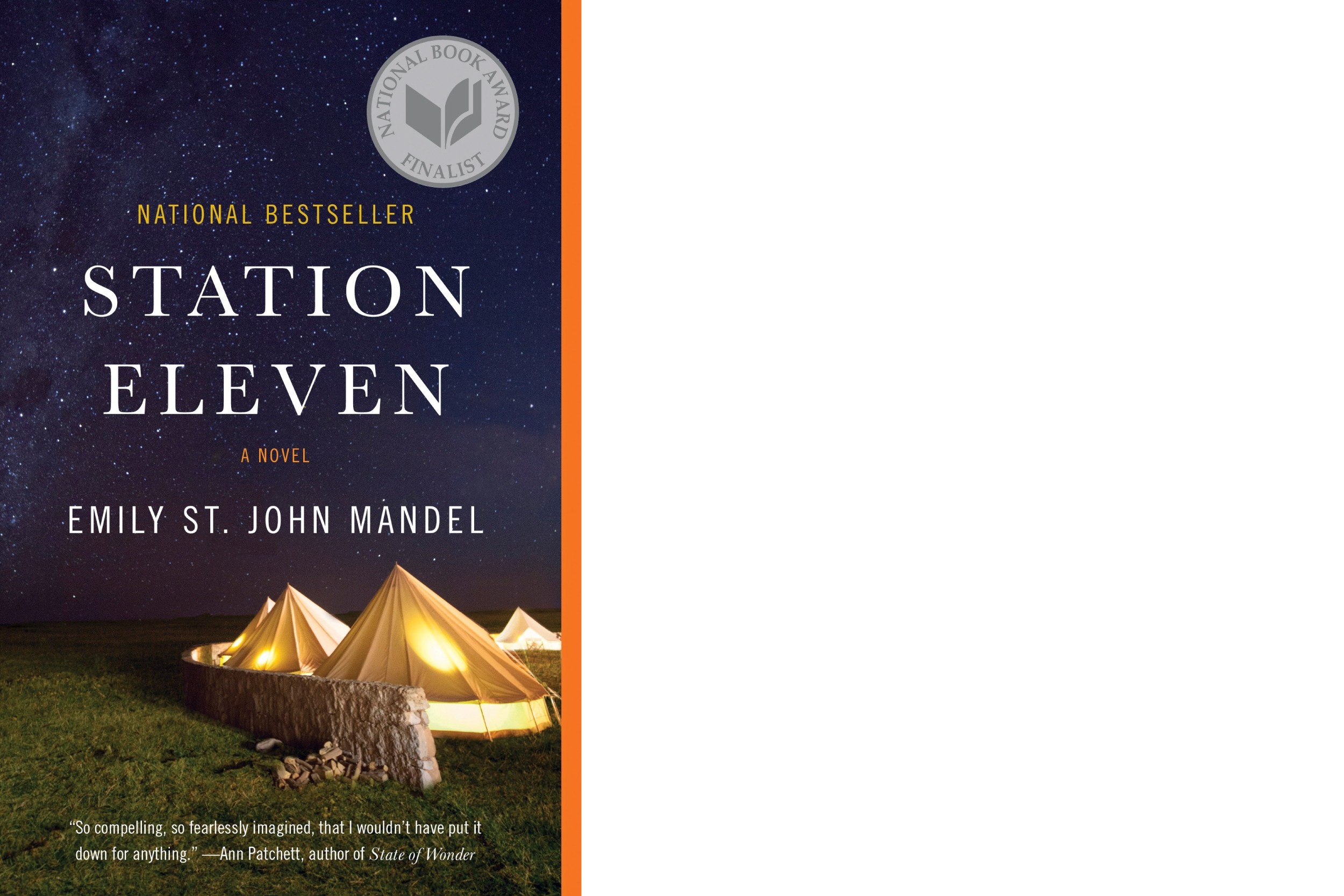
“Station Eleven”
by Emily St. John Mandel
I enjoyed this dystopian science fiction novel because it told the story through a few different characters’ points of view while they navigated a flu pandemic in the Midwest. I liked how the author wrote the book from present and past perspectives, so you could see how each character got to where they are and how all of their stories intertwine.
— Joshua Garvey, Harvard Depository Manager
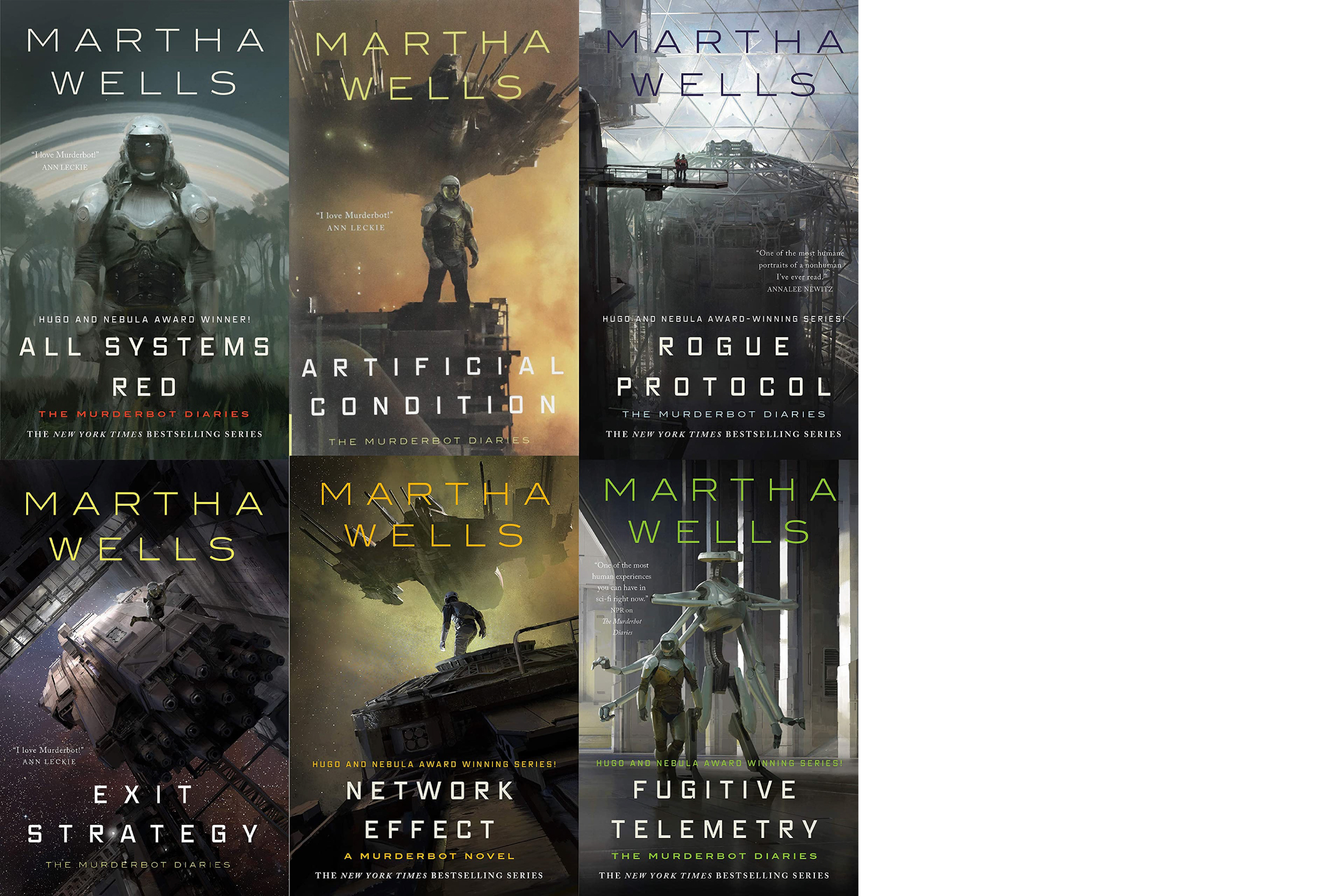
“The Murderbot Diaries”
(Series) by Martha Wells
Don’t let the title fool you; Murderbot is one of the most engaging and emotionally resonant main characters I’ve come across in a while. Murderbot is a biomechanical security construct who manages to override its governor module. Over the course of several novellas and a novel, Murderbot learns about who it is, self-determination, what it means to have friends, and the inconvenience of emotions. All while solving a series of mysteries. This has been one of my favorite sci-fi series in a long time!
— Danielle Adams, Assessment and Program Manager
Fiction in summery settings
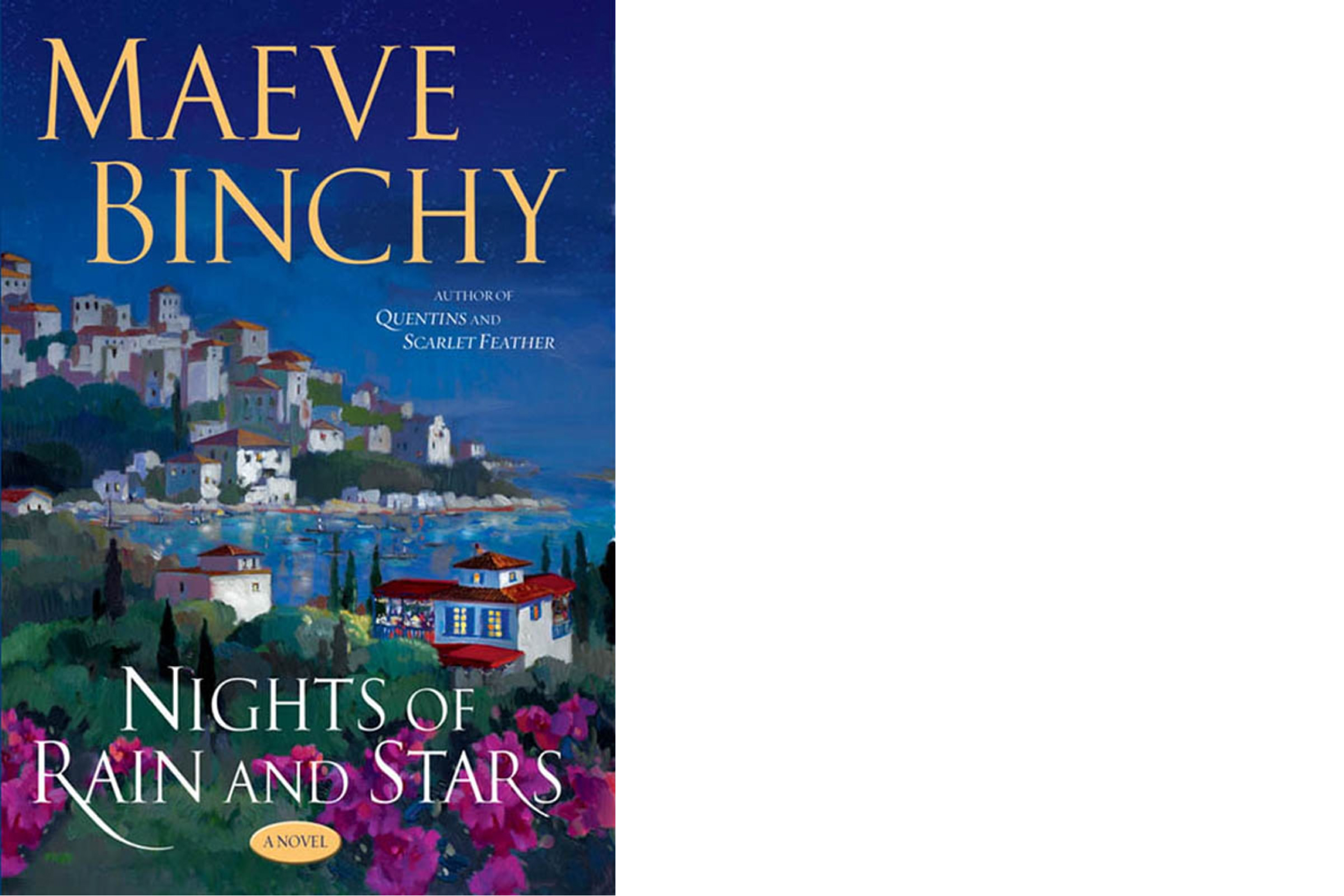
“Nights of Rain and Stars”
by Maeve Binchy
I’m rereading with my son one of my favorite books, by one of Ireland’s great novelists. It takes place on a small Greek island, beginning in a taverna where about six visitors from different countries, along with the taverna’s owner, together watch in horror from their hilltop as a tour boat below catches fire. If we take just the “peace” part of “War and Peace” and shrink even that down to a small fraction, then we get the kind of magical entertainment and truth and wisdom in this novel — which maybe makes it Maeve Binchy’s masterpiece.
— James Adler, Cataloger
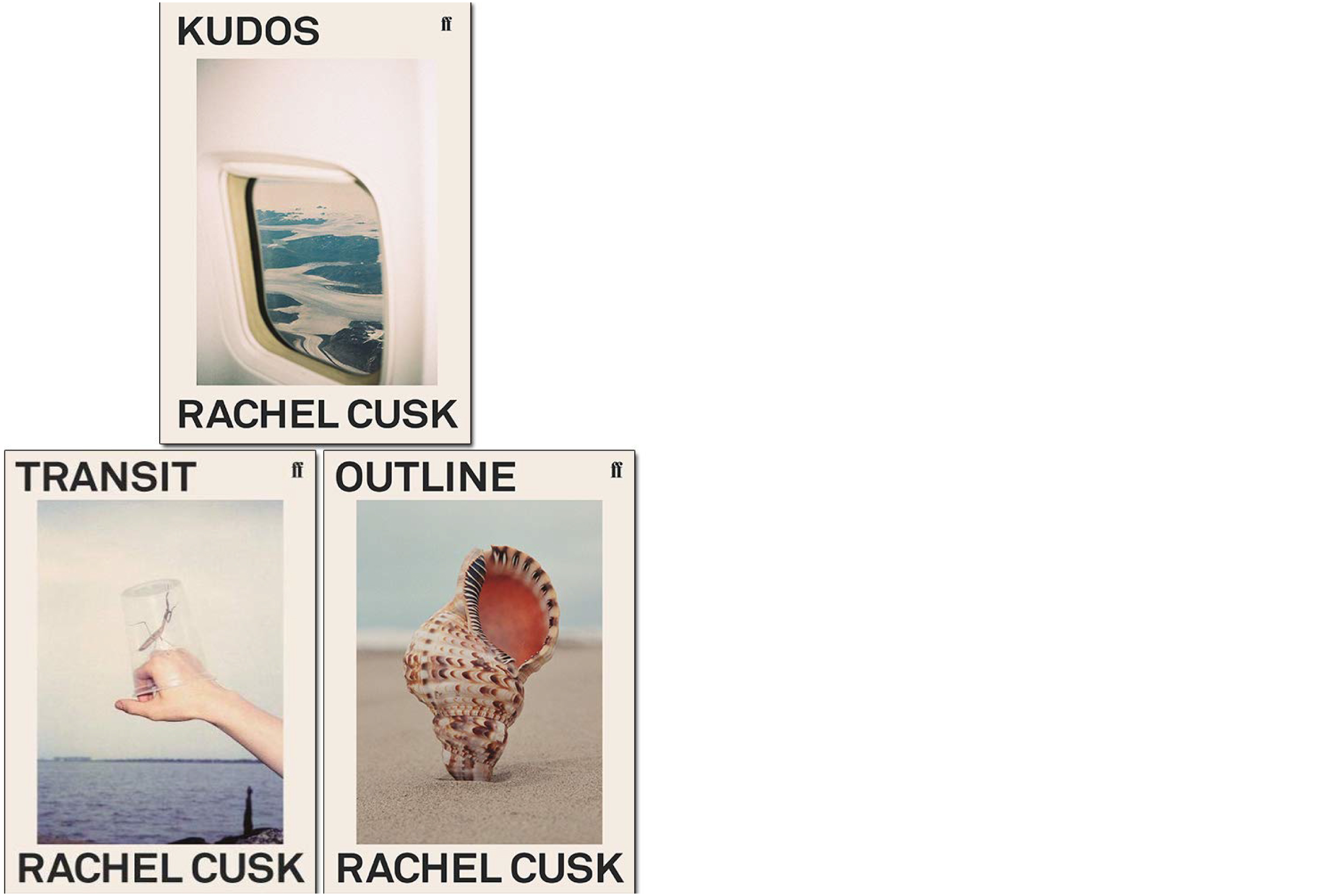
“Outline, Transit, and Kudos”
(Trilogy) by Rachel Cusk
I’ve just finished listening to the audiobook of Rachel Cusk’s novel trilogy, read by Kate Reading. This is an amazing pairing, a perfect matchup of text and performance, unbelievably crisp and brilliant on both counts.
— Christina Thompson, Editor of the Harvard Review
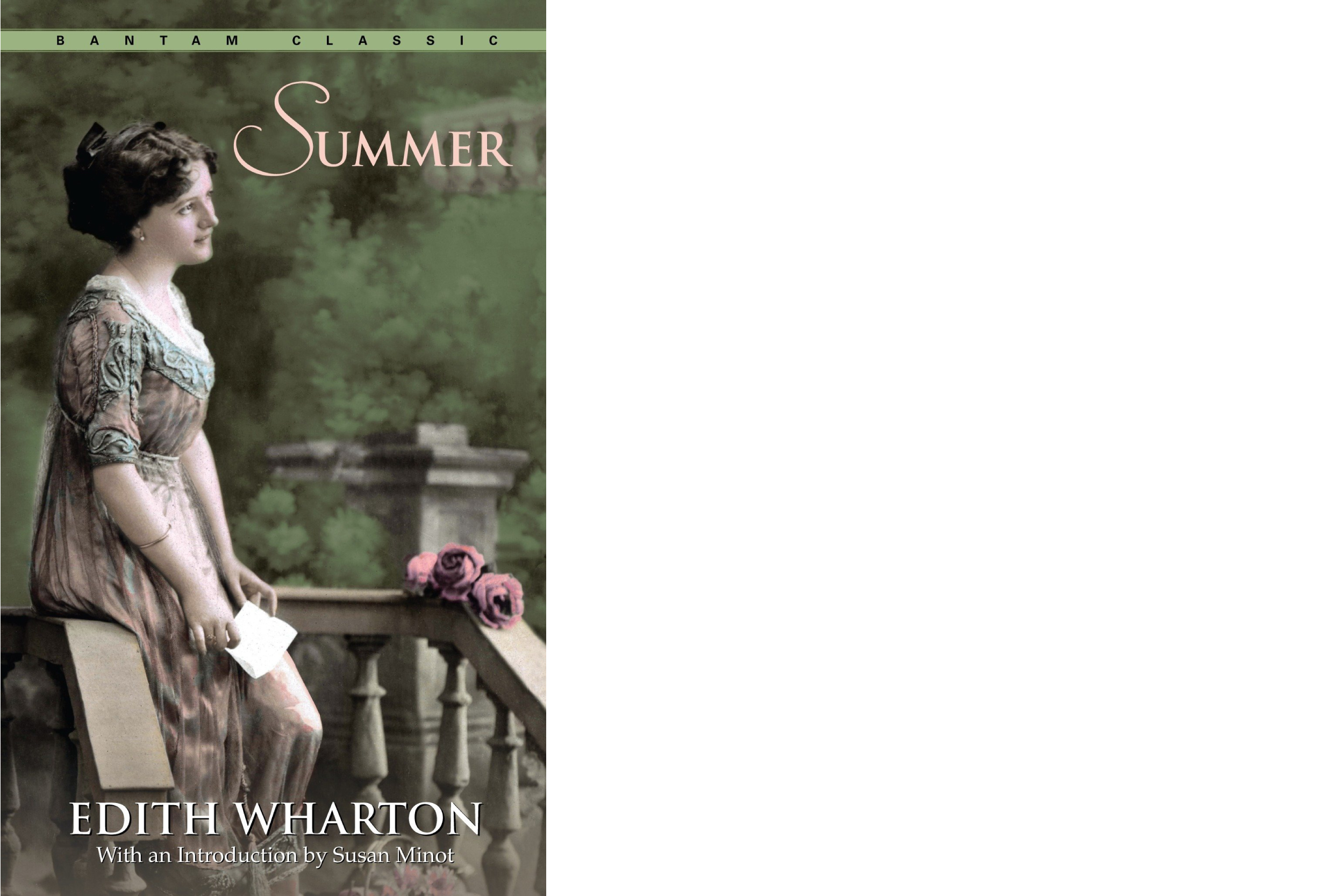
“Summer”
by Edith Wharton
I’ve been on an Edith Wharton kick recently, and I’d like to recommend one of her lesser-known novellas, “Summer” (1917). While the title is fitting for a summer reading recommendation, the content is not light; the novel’s protagonist, Charity Royall, confronts the lack of choice and opportunity available to her because of her gender and social background. Like another Wharton novella, “Ethan Frome,” this story features romance in small-town Western Massachusetts, and Wharton allegedly referred to it as “hot Ethan.” An added bonus: Charity is the town’s (very indifferent) librarian.
— Charlotte Lellman, Processing Archivist
Memoirs with a twist
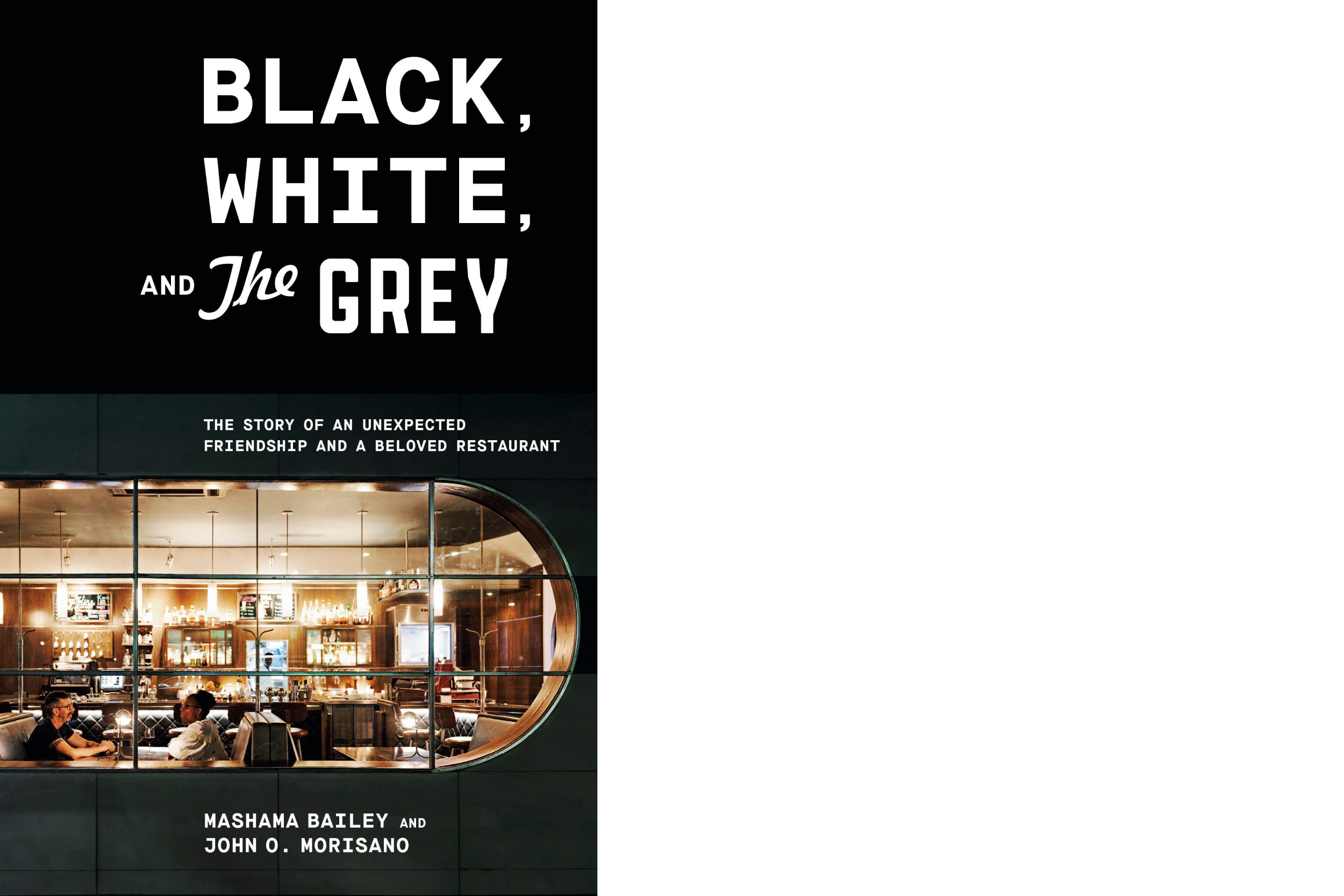
“Black, White, and The Grey: The Story of an Unexpected Friendship and a Beloved Restaurant”
by Mashama Bailey and John O. Morisano
This book, by the partners behind Savannah restaurant The Grey, was on my radar from the moment it was featured on “CBS Sunday Morning” in February. Nearly four months later, my hold request at the library was filled and the book is now in hand. Truth be told, I’ve only read five pages, but I’m already hooked by this unconventional memoir.
— Jane Skoric, Serials Acquisitions and Management
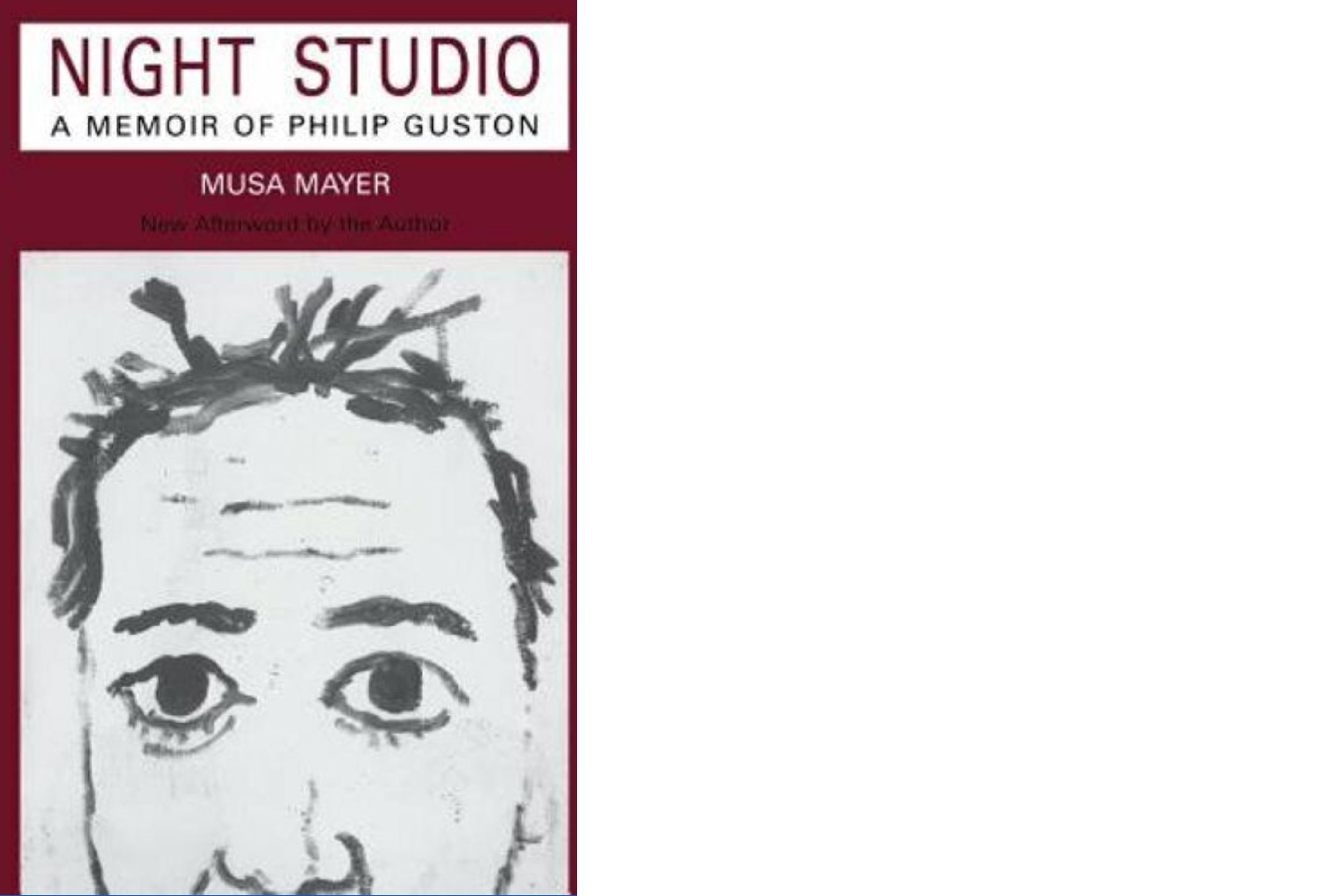
“Night Studio”
by Musa Mayer
As background for the “Philip Guston Now” exhibition up this summer at the Museum of Fine Arts Boston, I recommend a 1988 memoir of Guston by his daughter, Musa Mayer. This book provides a solid biography of Guston and offers an insider’s view of how he developed the late “cartoon” phase for which he is famous. Refreshingly, the book also challenges the tradition of the solitary male artist-genius story by examining the personal cost Guston’s career had on his wife — who quietly supported him — and on his daughter, who decided to speak out through this memoir.
— Christopher Sokolowski, Paper Conservator for Special Collections
Fiction on life, death, and the afterlife
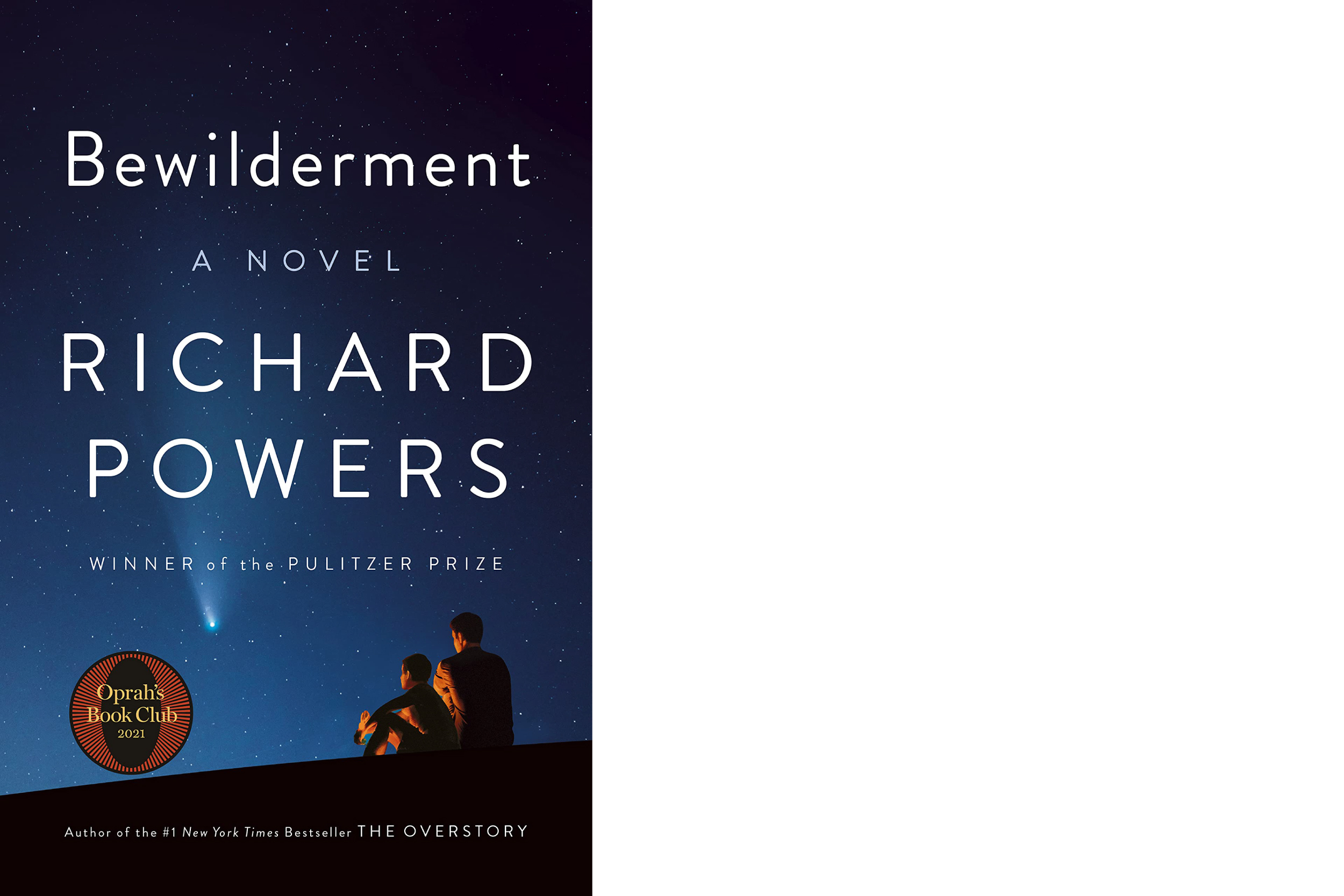
“Bewilderment”
by Richard Powers
This is a much shorter book than Powers’ previous novel, “The Overstory,” with some of the same issues. In this book, the state of the planet is the setting for the relationship between a father and son trying to understand and accept themselves and each other.
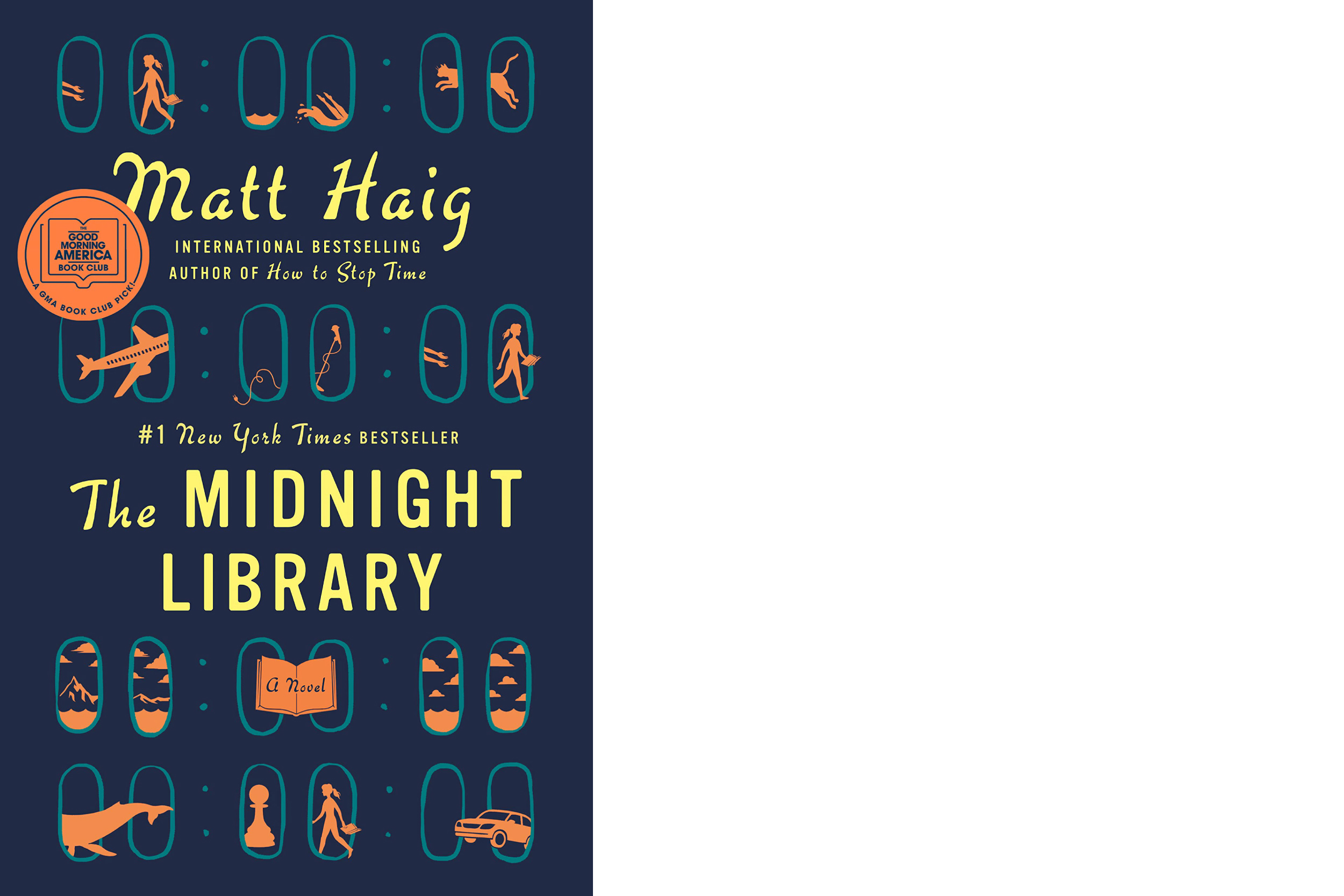
“The Midnight Library”
by Matt Haig
Matt Haig started writing after a lengthy, debilitating depression. He’s a beautiful writer, direct and powerful, and shows a light to people lost in darkness. I read this poignant fantasy story in an evening, and it stayed with me long afterward.
— Anne Adams, Senior Music Cataloger
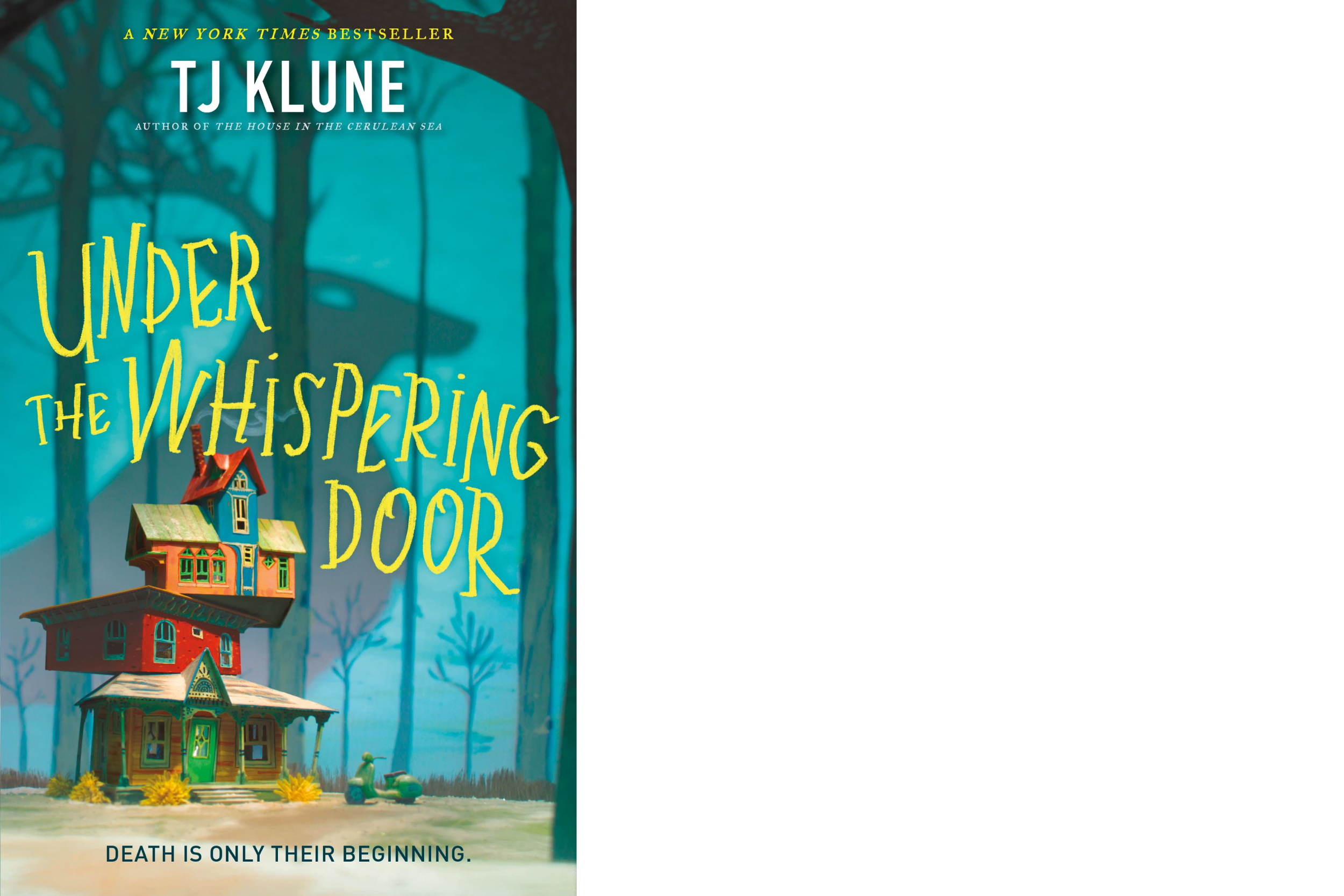
“Under the Whispering Door”
by T.J. Klune
This is the story of a lawyer who unexpectedly finds himself a ghost and the ferryman whose tea house he ends up at. Through their conversations, the novel explores grief, loss, and what makes a life well-lived. Although the book deals with heavy themes, the overall tone is as kind and gentle as the tea shop at which it’s set.
— Kai Fay, Collections Digitization Assistant
For young and young adult readers
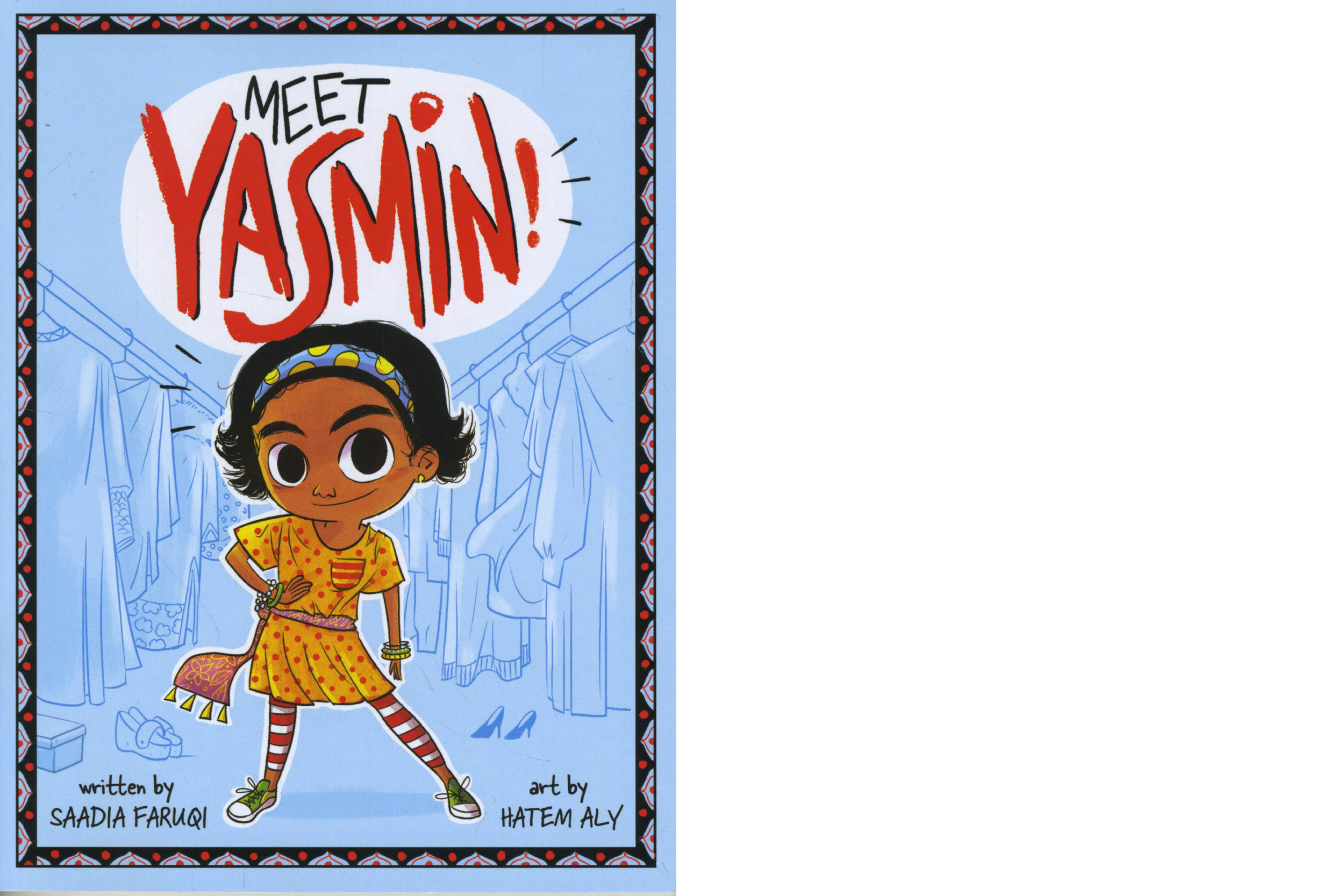
“Meet Yasmin!”
(Series) by Saadia Faruqi and illustrated by Hatem Aly (Ages 5-8)
My preschooler has been loving the “Meet Yasmin!” series, a set of sweet stories about a Pakistani Muslim-American family. What with “Ms. Marvel” coming out, it’s a great way to include younger kids in learning about a culture that older ones are learning about now, too!
— Amanda Hannoosh Steinberg, Librarian for Islamic Art and Architecture
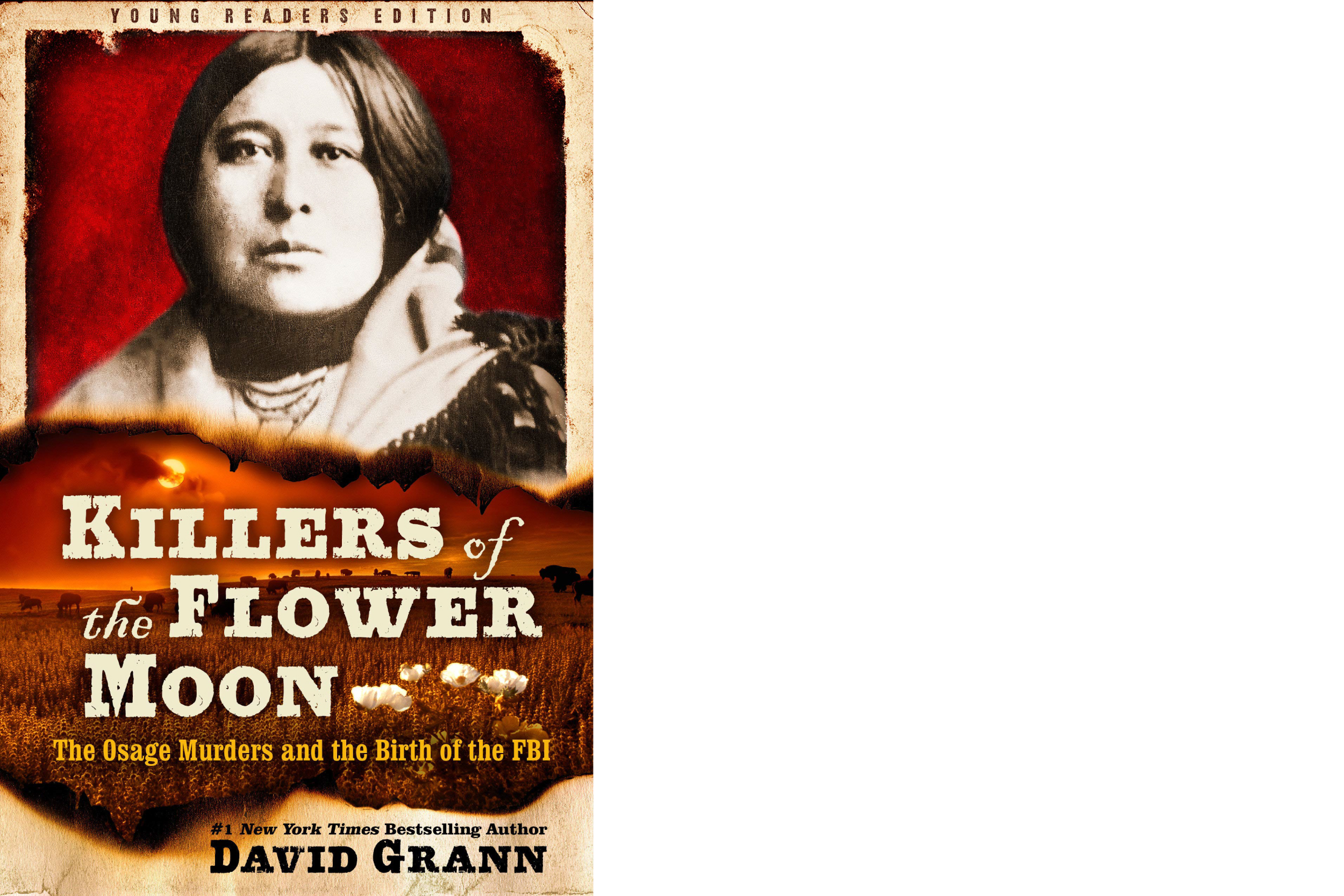
“Killers of the Flower Moon: The Osage Murders and the Birth of the FBI”
(Adapted for Young Readers) by David Grann (Ages 10+)
This “Young Readers” adaptation still contains the dark truths of the FBI’s shady beginnings and the horrors of both individuals and corrupted institutions seeking to rob Osage people of their money and their lives. Perhaps the adult version delves more into the gory details of the deaths, but this version contained plenty of details about the many atrocities committed against the Osage people. Pain is generational and the effects of these events are still clearly felt to this day. A very compelling narrative. Highly recommend.
— April Duclos, Resource Sharing Manager
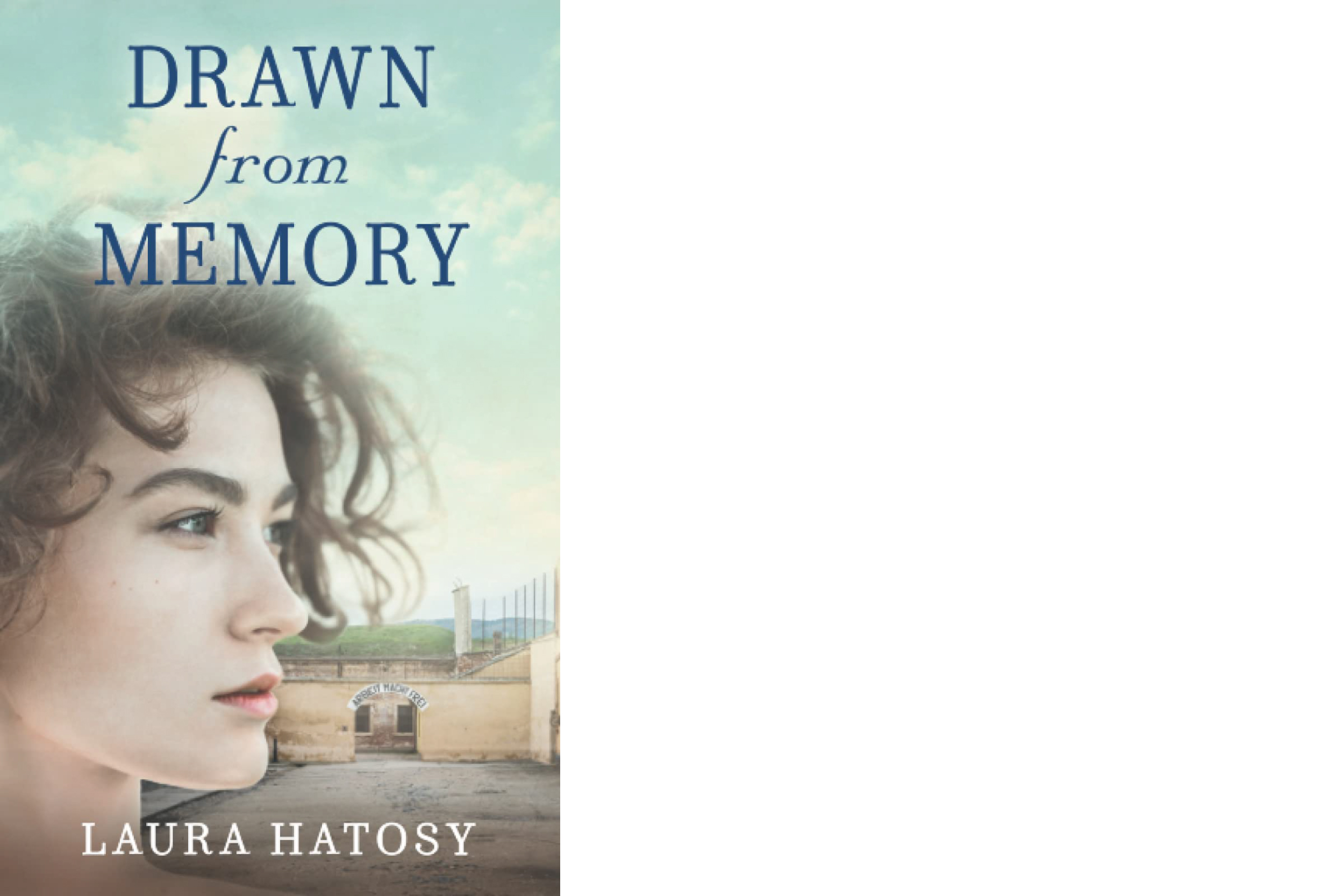
“Drawn from Memory”
by Laura Hatosy (Ages 13+)
Honestly I think the book jacket text sells this YA historical science fiction novel better than I could: “Sixteen-year-old Rachel Abramson will do anything to protect her friends and family. It’s a tall order for a Jewish girl in Nazi-occupied Denmark, but Rachel is no ordinary girl. She has the ability to erase people’s memories, making German soldiers forget her face or easing her friends’ grief over lost loved ones.”
— Jason Clarke, Resource Sharing Manager

“Coming Back”
by Jessi Zabarsky (Ages 12+)
This YA graphic novel is about two separate journeys with magic and self-reflection. I love how it shows the two characters’ struggle to understand aspects about themselves and how it highlights the fears one can have with leaving and coming back changed. The art is immensely gorgeous and if you enjoy this, you’ll also enjoy their other book, “Witchlight.”
— Julie Fiveash, Librarian for American Indigenous Studies



